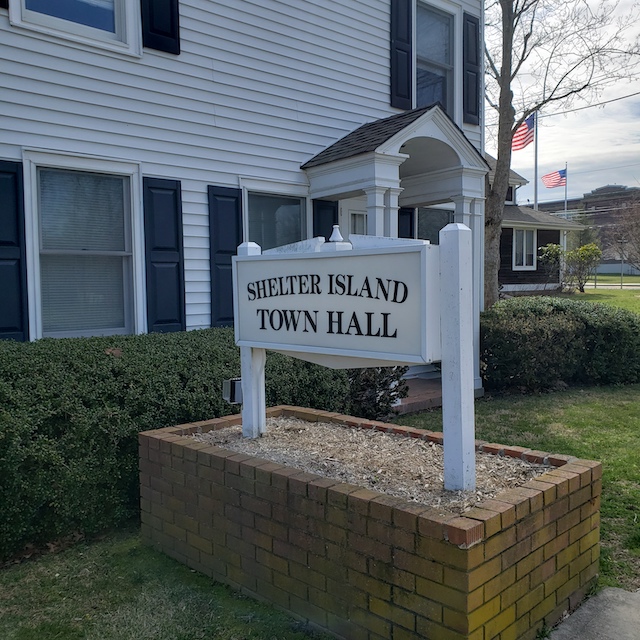Should the Town challenge the state on interpretations of federal standards that led to recent shellfish closures? At its work session on Tuesday, the Town Board heard how the closures occurred and what options it may have to fight them.
The areas in question are the inside of Shell Beach in West Neck Harbor and a large area of Coecles Harbor between Sungic Point and Taylor’s Island.


Town Engineer Joe Finora told the board that the federal Food and Drug Administration sets standards for marine sanitary disposal as it relates to consumables like shellfish. In New York, the Department of Environmental Conservation is responsible for conducting sanitary surveys to ensure certified shellfishing areas meet these FDA standards and pose no undue risks to public health.
Among the risks to shellfish, he explained, are vessels sized to accommodate wastewater tanks (for heads and containment) in anchorages where they may stay for periods of time. Places where, as Finora put it, “one would use, or have the need, to empty those tanks.”
If the DEC determines that these conditions exist —regardless of how clean the water is or what local policies may say — it may uncertify a shellfishing area. And it may do so even if adequate pump-out stations are nearby (in Shelter Island waters, they’re located at gas docks at Coecles Harbor Marina, the Island Boatyard, and Dering Harbor Marina).
Town Attorney Stephen F. Kiely said that given the Town’s history of keeping regular records relating to water quality near anchorages, he’s inclined to fight the DEC on this matter.
The other options are to accept the closures, relocate or reduce the size of the anchorage areas, or reduce the length of stay. Kiely said he’d work with the SIPD harbormasters and the Waterways Management Advisory Committee to explore the options and report back to the board.
Skyhooks and other waterways matters

In another waterways management matter, WMAC members explained how operators of some vessels are getting around anchorage rules by using “skyhooks.” These are dynamic positioning systems that integrate a boat’s GPS, bow thrusters, and propulsion system to maintain position within a meter or so.
In this way, they can “digitally anchor” in areas where actually putting down an anchor isn’t allowed. Kiely said he’d propose Town Code changes to include “maintaining a constant position” by use of dynamic positioning as a secondary definition of anchoring.
A third WMAC discussion ensued about how to tighten Code regarding the allowed length of stay in an anchorage. Under the current code, a boater may use an anchorage for no longer than 72 hours, but there is no prohibition against taking a short break and then returning to the location to anchor again for 72 hours. Kiely said he’d look into amending the code to clarify the limit.
Privacy versus fire safety?
Councilwoman BJ Ianfolla also pointed out that some homeowners, in an effort to ensure privacy with hedges, pillars, and gates, may have inadvertently ended up blocking Fire Department access to their properties or to water bodies that firefighters use in the absence of hydrants.
So if you’ve got a house on the water (or even with a big swimming pool), think about how the SIFD might access these resources if there’s a blaze at your home or a nearby residence. Also relating to the SIFD, the Community Housing Board this week will talk about possibly giving priority to first responders.
The board also reviewed permit applications for the Chamber of Commerce Art Show & Craft Fair, now scheduled for the fields in the rear of the school. The ongoing septic replacement has blocked the usual locations in front and side of the school.
The board also approved two private gatherings on beaches after determining they would not conflict with other users.





